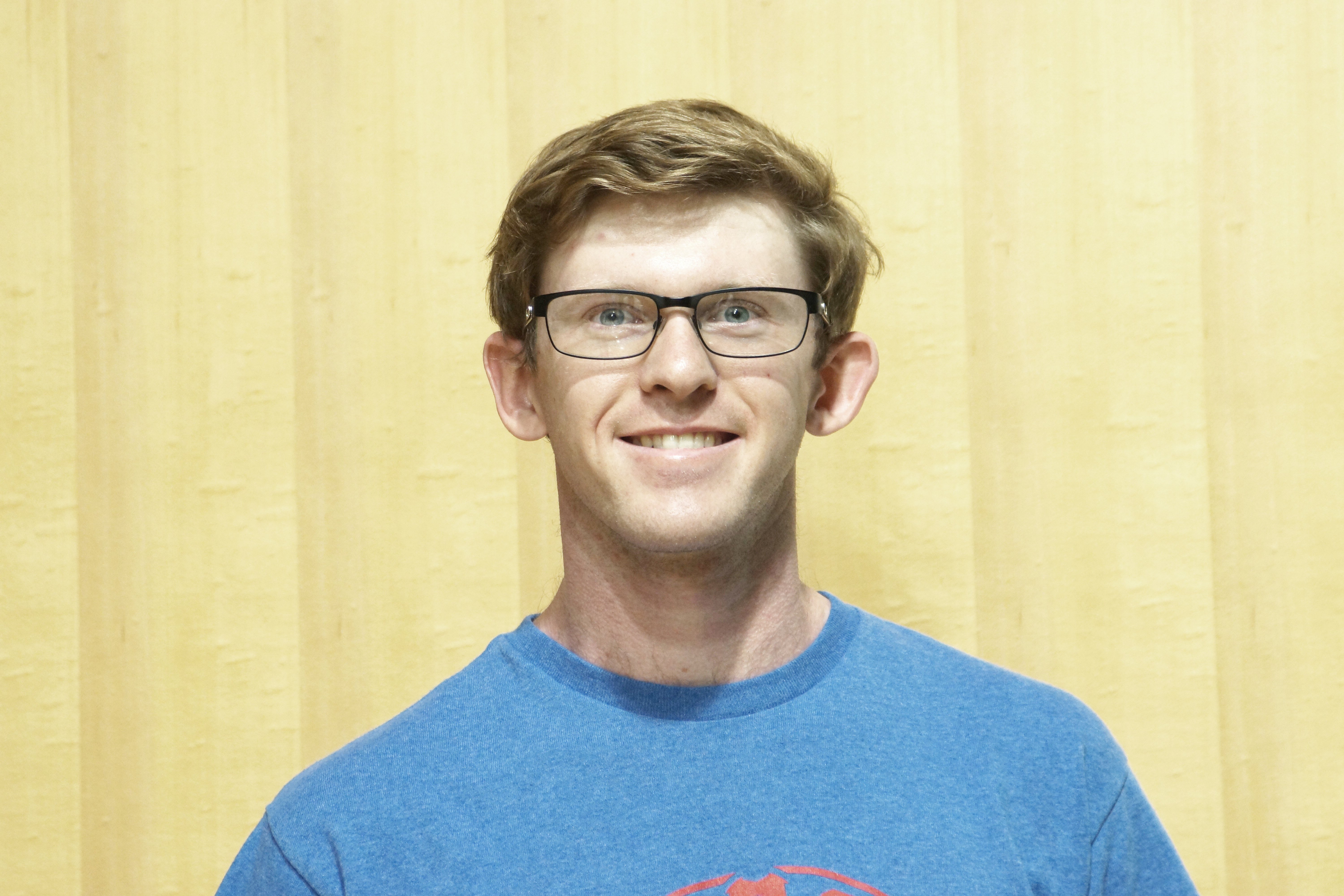Michael Womble, Graduate Student, Wagner Lab, Department of Chemistry
Developing a closed system Li-O2 Battery through the Deposition of Amorphous Li2O2 Thin Film on Carbon Nanostructured Cathodes
Please join us:
GW Chemistry Department presents our seminar speaker, Michael Womble, Graduate Student, Wagner Lab, Department of Chemistry.
As the energy demands of our society continue to grow current Li-ion batteries are being pushed to their limits. These limits being low capacities and energy densities of currently used cathode materials such as LiNi0.33Mn0.33Co0.33O2 (170 mAh/g and 629 Wh/kg) and LiFePO4 (165 mAh/g and 558 Wh/kg). Li-O2 battery systems have been identified as a highly desirable battery chemistry due to the high theoretical capacity (1168 mAh/g) and energy density (3500 Wh/kg) of Li2O2. However, Li-O2 batteries are plagued with a long list of problems including short cycling lifetimes, large overpotentials, and an external source of pure O2. While Li2O2 has a high theoretical energy density the need for an external oxygen source adds space and mass to a Li-O2 cell decreasing the energy density of the overall cell. Using air as the O2 source removes the need for extra cell components that store pure O2, but air also contains H2O and CO2 that react with Li2O2 to form Li2CO3, an irreversible product. Currently membranes are unable to completely prevent H2O and CO2 from entering the cell while allowing O2 to pass through. By depositing amorphous Li2O2 thin films on carbon nanostructures to form the cathode before assembling the cell, a closed system battery could be realized. Here we report the synthesis of Li2O2 on carbon nanochains (CNCs) and the effect of CNCs surface area and pore structure on these Li2O2 thin films.
Bio
Michael Womble was born and raised in Albuquerque, New Mexico. He received his B.S. in chemistry from The University of Tulsa in 2015, where he worked as an undergraduate researcher for Dr. Justin Chalker. He then attended The University of the Texas at Dallas where he received his M.S. in materials science and engineering under the guidance of Dr. Julia Hsu. He joined the chemistry department at The George Washington University in 2018 and is working towards his PhD under the guidance of Dr. Michael Wagner.

